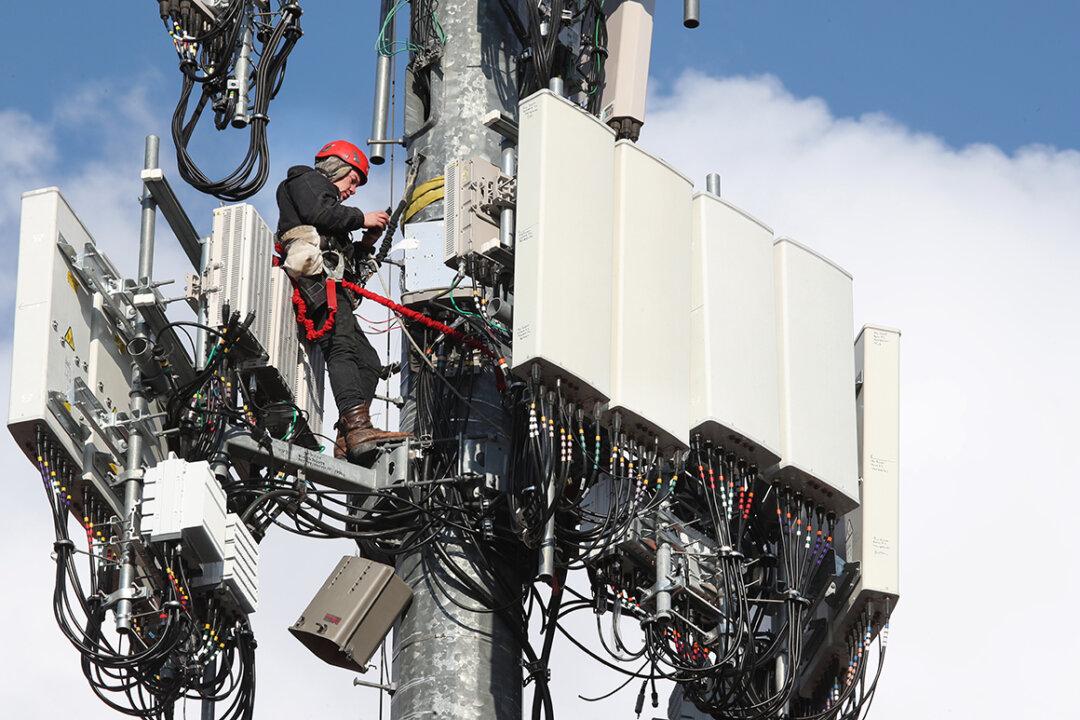Commentary
Today, we increasingly face a situation not much different from what we faced when the now-defunct Soviet Union went on a massive military buildup.

Today, we increasingly face a situation not much different from what we faced when the now-defunct Soviet Union went on a massive military buildup.